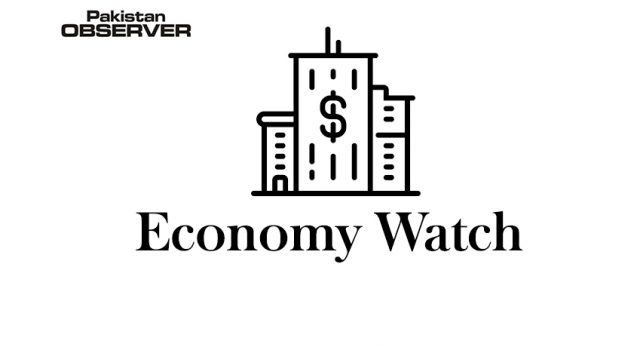Observer Report Islamabad
Pakistan is now categorized as a water-scarce country, with the International Monetary Fund (IMF) ranking it the third among the water-stressed countries.
Several factors like increasing urbanization, agriculture, mismanagement of water system, droughts, reduced rainfalls, pollution and depleting of dams have contributed to the water crisis.
In Pakistan, 80 percent of people living in 24 major cities lack access to clean drinking water. In the slums of Karachi, 16 million people do not have access to running water.
The Indus River system authority (IRSA) has reported that the country wastes about USD18 billion worth of water every year just because there aren’t enough proper storage facilities. Availability of surface water has decreased from 5,260 cubic meters per capita in 1951 to 1,000 cubic meters per capita in 2016. This figure may fall to about 860 cubic meters by 2025, which means Pakistan is moving from “water pressure” to “scarce water”.
Pakistan is a country where no dams have been constructed since the decade of 1960s or over the last 50 years. Dam construction is capital-intensive and requires expertise, so no focus has been paid to this area.
In order to build big dams, especially along the Indus, to ensure an abundant supply of water for agriculture and power generation, the country has struggled to raise money from the international financial institutions (IFIs) but it is facing a host of obstacles in this regard.
In these pressing circumstances, China has turned up the trumps with the launch of its Belt and Road Initiative (BRI). China will fund Pakistan to build five dams in the North Indus River Cascade costing $50 billion. The Cascade is capable of generating 40,000MW of hydel power.










